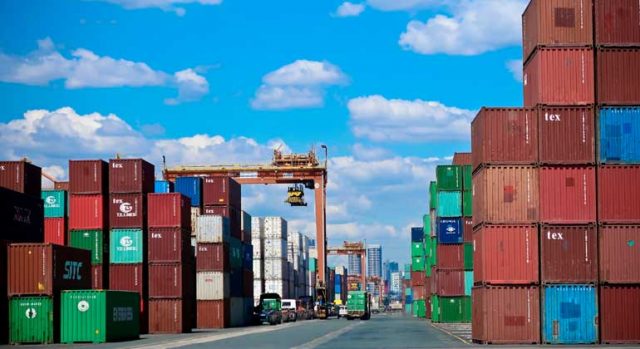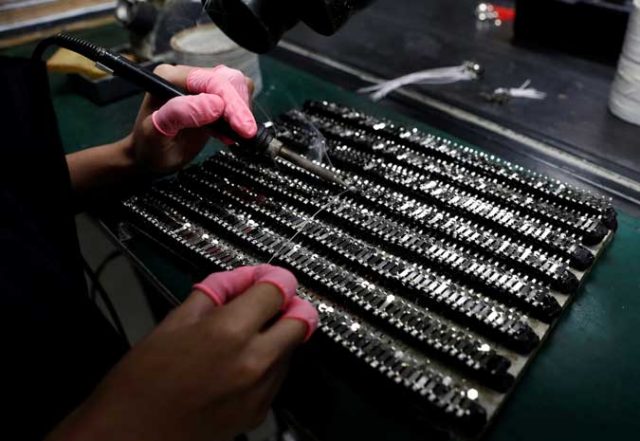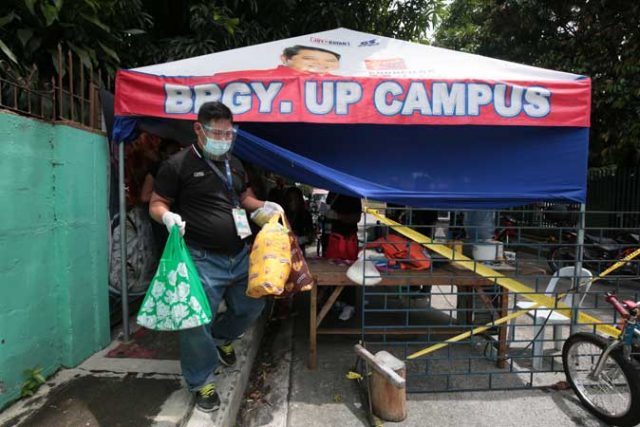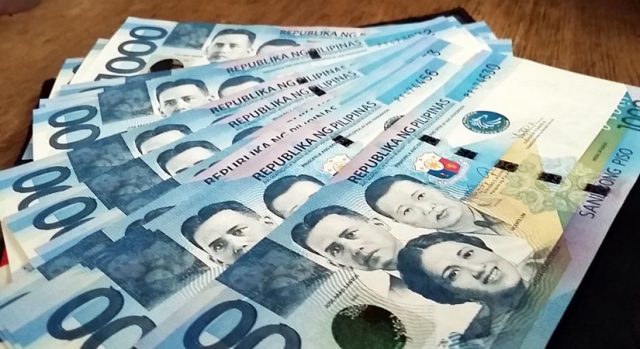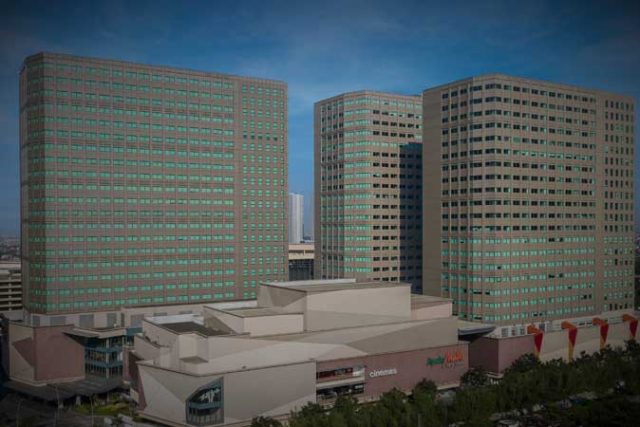The country’s trade-in-goods deficit in June shrank to its smallest amount in three months, although this did not prevent the year-to-date shortfall from surging faster than in the previous year, the Philippine Statistics Authority (PSA) reported on Friday.
Preliminary PSA data showed merchandise exports during the month expanded by 17.6% year on year to $6.51 billion compared with a revised 30.8% expansion seen in May. Nevertheless, this marked a reversal from the 10.1% contraction posted in June of last year.
Meanwhile, merchandise imports grew by 34.2% to $9.33 billion in June, compared with a revised 55.6% growth in May and the 20.8% contraction last year.
June marked the fourth and fifth consecutive month of growth for exports and imports, respectively.
This brought the trade deficit to $2.83 billion in June, smaller than the revised $3.17-billion gap recorded in May, but bigger than the $1.42-billion shortfall in June 2020.
Year to date, the trade balance widened to a $17.44-billion deficit, from the $11.37-billion trade gap in 2020’s comparable six months.
For the same six-month period, exports grew by an annual 20.9% to $35.90 billion, surpassing the Development Budget Coordination Committee’s (DBCC) revised export growth target of 10% for 2021. Meanwhile, imports increased by 29.8% to $53.34 billion year to date, also exceeding the DBCC’s 12% target for the year.
Manufactured items, which make up around four-fifths of the country’s total export goods, rose 19% year-on-year in June to $5.43 billion.
Export sales of electronic products jumped by 12.3% to $3.72 billion, with semiconductors contributing $2.75 billion, up 7.3% from a year ago. Electronics made up more than two-thirds of manufactured goods and more than half of the country’s exported goods.
Exports of forest and mineral products also increased by 44.4% (to $31.8 million) and by 24.7% ($523.16 million), respectively. Petroleum products, which contributed to less than a tenth of total exports, grew six times to $921,978.
On the other hand, exports of agro-based products fell by 15.5% to $366.35 million.
Meanwhile, imports of mineral fuels, lubricant and related materials went up by 2.3 times to $1.20 billion in June from $515.74 million last year.
Imports of consumer goods rose by 28.8% to $1.46 billion from $1.13 billion previously.
Capital goods imports increased by 26.1% to $2.80 billion in June, followed by raw materials and intermediate goods with a 26% year on year growth to $3.81 billion.
“The growth of imports and exports was slower in June versus the last two months, as base effects slowly tapered off,” Bank of the Philippine Islands (BPI) Lead Economist Emilio S. Neri, Jr. said in a research note.
“Worth noting is the value of exports which has finally exceeded its pre-pandemic level despite the current challenges in global shipping. On the other hand, imports are slowly moving closer to full recovery given the improvement in domestic demand,” Mr. Neri said.
OUTLOOK
In the same note, Mr. Neri and the BPI research team said the probability of a double-digit growth in second-quarter gross domestic product (GDP) has increased given the latest trade figures.
“Even though Metro Manila was under enhanced community quarantine (ECQ) and modified ECQ in April and May, demand improved substantially during the quarter as shown by imports. This expansion can be attributed to the adjustments made by both businesses and consumers,” Mr. Neri said.
“Similar to previous lockdowns, the latest one will hurt the economy and will likely result in higher unemployment. However, the impact on the economy might be less severe given the adjustments done by businesses and households,” he added.
The government has once again placed Metro Manila under ECQ until Aug. 20 to control the Delta variant of the coronavirus disease 2019 (COVID-19), which is known to be more infectious compared with the original strain.
“Should these curbs persist past the two-week schedule, we could see overall trade to dissipate in the coming months,” ING Bank NV Manila Senior Economist Nicholas Antonio T. Mapa said in a statement to reporters.
Mr. Mapa said the rebound in imports so far this year led to the widening of the trade deficit with overall current account balance likely to “revert to deficit territory” after it posted a surplus last year when imports contracted. This, he said, along with the resurgence on the demand for the dollar led the peso to depreciate by 4.7% year to date.
He also noted a weaker peso is “still likely” despite a possible reversal in trade trends brought by tighter lockdown measures.
“The reimposition of lockdowns across the country may force recent trade trends to reverse, but we doubt another round of import decline in 2021 will be enough to duplicate the peso appreciation trend we saw last year. An overall stronger dollar coupled with portfolio outflows tied to growing concerns about the Philippine growth trajectory are likely to drive peso direction in the coming months even if the trade deficit narrows from its current level of $2.8 billion,” Mr. Mapa said.






